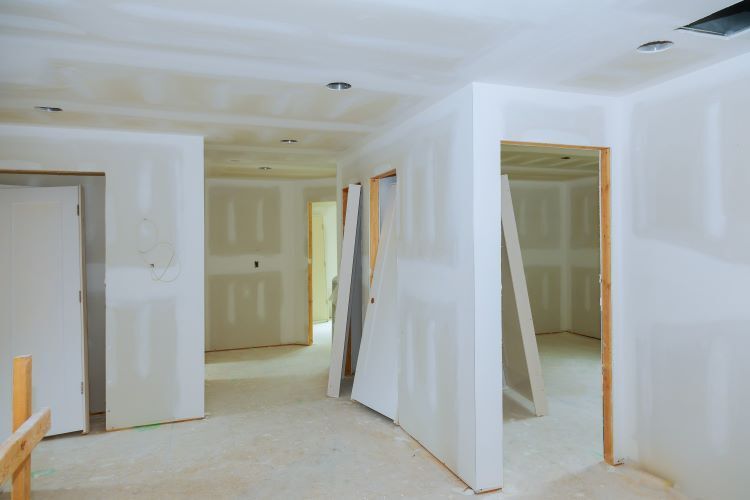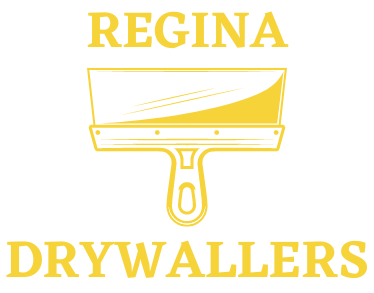What is drywall?
So, you want to know more about drywall?

What is drywall? This is a question many people ask when talking about construction. Some might not even know that it exists or what its purpose is. Drywall, also referred to as plaster board, rock lath or sheetrock, is a building material used to make walls in structures and homes. It's main purpose is to cover the joints of wall studs and provide support for other items such as hangings and decorations. There are many different types of materials that go into making drywall, which we will get into more detail later on in this article.
Drywall has been around since ancient times when gypsum was first mined to make the original version of today's plasterboard . The use of gypsum dates back to as early as 7,000 B.C., and has been widely used in many parts of the world since then. The word "drywall" is actually only a North American term, which is why you might hear plasterboard being referred to in other regions of the world as well.
The construction of drywall starts with something called green board, which is a type of thin plasterboard that comes in sheets measuring 4 feet x 8 feet. This material is too thin and weak for use on its own, so it needs to be reinforced with wood framing studs by using screws or nails through the sheet rock into the studs. Once the sheets are hung and attached to their respective studs, they are then fixed further with textured or joint compound and tape to create the look of a smooth wall. There is also drywall that comes in thicker sheets measuring 4 feet x 12 feet, which is generally used for ceilings as opposed to walls. These thicker sheets are actually more popular than the smaller ones because they are easier to work with, and can be ended at a corner rather than having them cut down to size.
The materials that go into making drywall are not all created equally though. The different types of materials include gypsum board (also known as green board), fiberglass mats, paper facings or thin metal beads that give it texture and strength, resins that act as binders and paints. Each material plays an important role in how strong the plaster board is and how it will perform. For example, gypsum is the most essential material because it's what gives drywall its core strength. The other materials are used for a variety of purposes such as adding texture to the wall, preventing molds from growing on the surface or to add paintability and pigment to the mixture without affecting its performance. Regardless of what type of drywall you get, they all vary in thickness (which also affects their performance), price and color range.
Drywall has remained as one of the most common building materials in history, and for good reason! It's versatility and durability have stood the test of time. Plasterboard can be cut, trimmed, and installed to fit practically any shape, providing a solid boundary and secure privacy. Drywall is more than just a wall structure though. It can also be used to construct partition walls, ceilings, false ceilings, suspended beams and other building components. With so many uses and such a wide price range (from expensive to inexpensive), it's no wonder drywall is one of most popular materials in the construction industry today!
So as you can see, there are many aspects that go into creating drywall. We have gone over some basic information about what it is, how it is made/constructed and the materials that go into making plaster board . At Regina Drywallers it's not just about working with drywall, it's having a firm understanding of the material we work with day in and day out. It's through having this knowledge that we are empowered to provide you with the best possible drywall service, and have a healthier environment to work in. If you are looking for drywall services in Regina or an surrounding area, please get in touch with us today! We look forward to hearing from you and we hope this article has helped make your search for answers about drywall a little easier!
Until next time...happy building!
You Might Also Enjoy:



Contact Us!
